Steel frame is simply one of the best ways to build a modern building; designs can be more exciting and flexible, construction can proceed faster and the environmental footprint is far lighter. Concrete, by comparison, is CO2 intensive and non-recyclable. Among the drawbacks is that steel fabricators and fixers need to be more skilful than slabbing gangs, mistakes can be expensive and site assembly is sometimes hazardous. Meticulous planning, foresight, correct technique, and precision are all critical.
Much steel preparation and fabrication also tends to happen offsite. While project managers are usually familiar with all the methods and issues that arise in concreting and can easily monitor progress daily, steel fabrication is not just sub-contracted but important steps are undertaken in workshops far away. As always in those situations, experience and good communications are essential to avoid errors and delays.
Reliable metal fabrication can make or break a project. Steel projects are an opportunity for construction companies and managers to really show what they can do – so a smoothly running delivery chain is vital. That means asking the right questions at the outset.
Skill sets
High skills are in high demand, so cost more. Low skilled labour is plentiful and cheap. Immediately you see why cheap quotations should always raise concern. Almost anyone can cut and weld steel given rudimentary equipment and instruction but achieving it to the standards necessary in construction is another matter entirely. In fact, the same applies to an entire steel fabrication project from initial structural design onward. Thinking in 3D is hard enough for most people but a steel contractor must think in 4D, because the sequence of processes, both in the workshop and on the site, is just as important. Often, a low bid means the company has failed to appreciate the difficulties they will be undertaking.
Clearly the best way to assess whether your prospective contractor is adequately experienced and their workforce sufficiently skilled isn’t by their quotation.
Equipment
As with labour, good quality steel-working equipment doesn’t come cheap. Having good quality, well-serviced thermal cutters, anglemasters, hydraulic punches and beam drills is a definite advantage – to all parties – but requires investment. Again, cheap quotations may indicate that your bidder has not been making those investments. If they haven’t, it exposes you to additional risks; of poor precision, slow progress and breakdown delays.
Materials and workmanship
You also need to be certain that a prospective cost saving will not be achieved by using inferior materials or by adopting inferior fabrication methods. Steelwork CE-markings are definitely a plus, as is accreditation with industry standards such as ISO 9001:2015, ISO14001:2015 and ISO 45001:2018. However, delivering quality also has a human dimension. Something documentation cannot tell you is the morale of the company’s workforce and morale most definitely affects the quality of the product, the overcoming of problems and the delivery of vital deadlines.
To draw conclusions about this, pay attention to the positivity of those you speak to (visit them if you can), and ask yourself whether they have a hands-on or polarised management style. Better rewarded workers may ultimately cost you a little more, but the value-added things they will do for you make it well worth it.



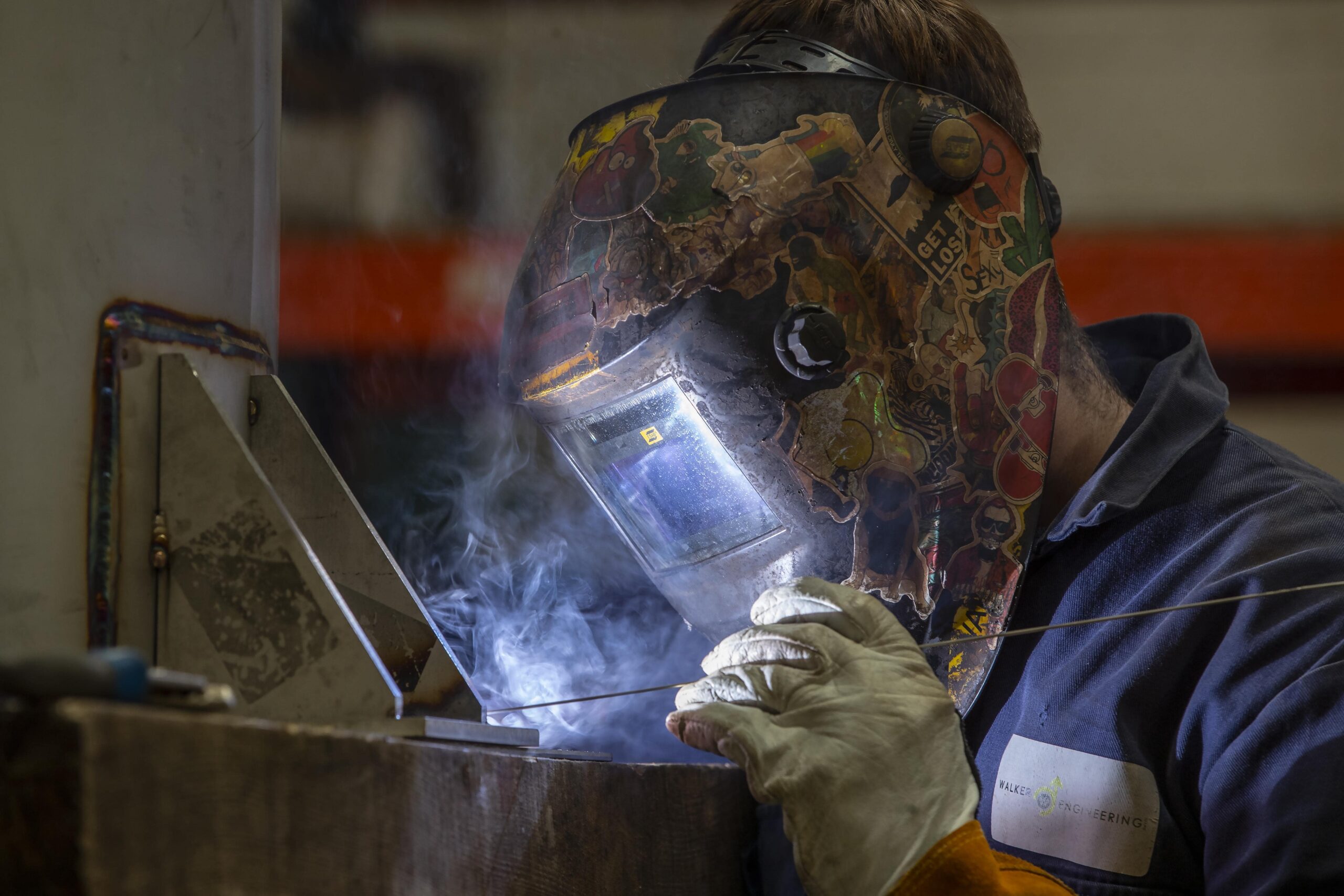
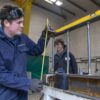
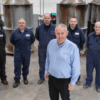


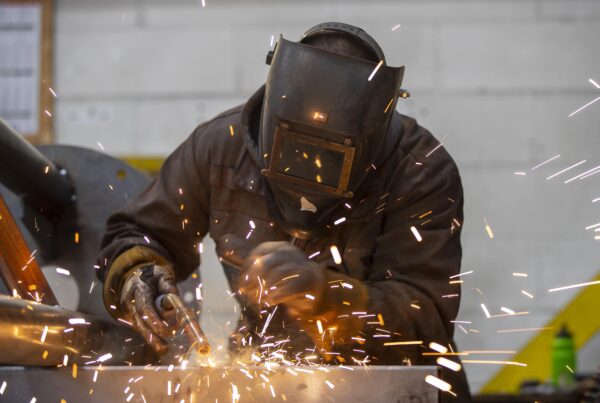
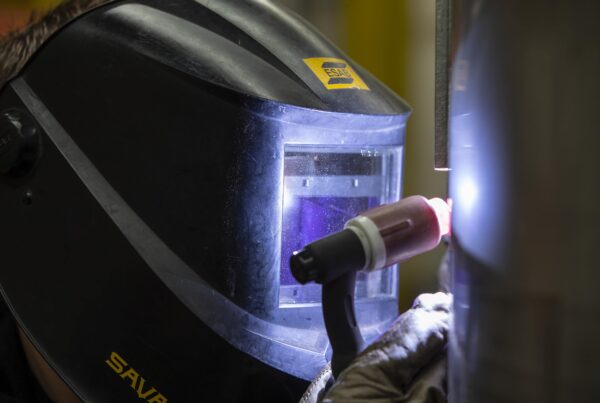
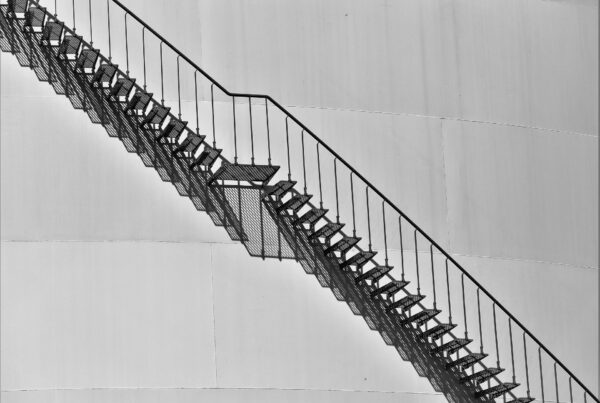
Recent Comments